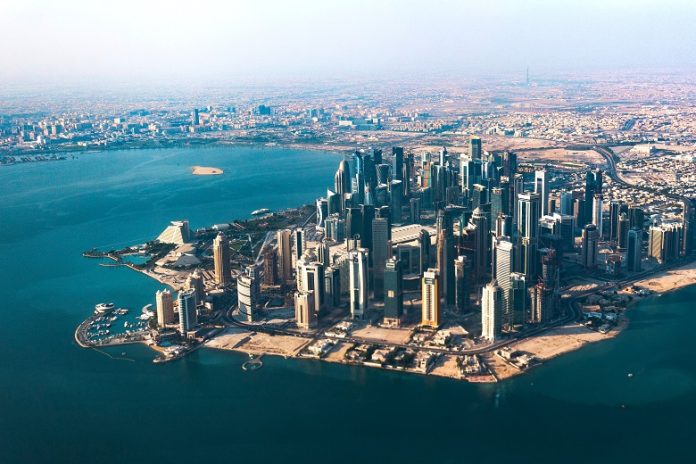The country’s construction sector shows upbeat signs of growing significantly between 2023 and 2030, as per a recent Qatar Market Intelligence Autumn Q3 report by Turner & Townsend.
The data states that the market is expected to grow by 9.5 percent by the end of this decade, despite witnessing a slowdown in key project development post-FIFA 2022.
However, according to a new Verified Market Research analysis, the industry will more than double to $123.1bn by 2030, from $53.3bn in 2018. The market is anticipated to recover from the next 12-month slump as the country persists in investing in a diverse range of infrastructure and industrial projects, aiming to meet the numerous pillars of QNV 2030.
The report outlined that Qatar places itself as an international sports hub with a series of secured events, like the 2023 AFC Asian Cup and the 2027 FIBA Basketball World Cup, in addition to bidding for the 2030 Asian Games and a potential 2036 Olympic bid.
“This direction looks to capitalise on the infrastructure and knowledge acquired during the World Cup 2022 event,” it said.
The data, however, indicates prominent challenges for the industry despite a forecast for growth.
Some of them include rising costs of construction, excessive lead times, and skilled labor shortages.
Looking ahead to 2030, industry experts noted that the current underway activities across the Middle East, particularly in the Saudi Arabian construction market, will see Qatar compete for labor and resources and this could potentially lead to an impact construction cost escalation.
Turner & Townsend’s recent International construction market survey states that at present, Doha is the most expensive location to build in the region, with an average cost of US$2,588 per sqm.
It further adds that “As the market changes in 2023, the sector is witnessing challenges related to the availability of professional services, the workforce, and contractor capability against the backdrop of the current and forecasted expenditure in the region.”
Source: thepeninsulaqatar.com




































